
Basel is divided by the river Rhine, which cleaves the Swiss city’s historic side from the bustle of its modern-day center. The left bank is where Art Basel’s Parcours section, the fair’s free public offering, began exhibiting last year. The program, which debuted 15 years ago, integrates site-responsive artworks into the urban fabric; activating the area’s local businesses, infrastructure, and public spaces. It’s the occasion for art—and not just the jet set that orbits it—to take over the city during the fair each year.
For her second year as Parcours’s curator, Stefanie Hessler has chosen the theme “Second Nature”—selecting artists whose work engages with patterns and habitual behavior. “I wanted to explore gestures and motives that are repeated to the extent that they become ingrained customs that we don’t think of any longer,” says the German-born director of New York’s Swiss Institute. It’s an interesting theme, given that art fairs themselves feel largely rote at this point.
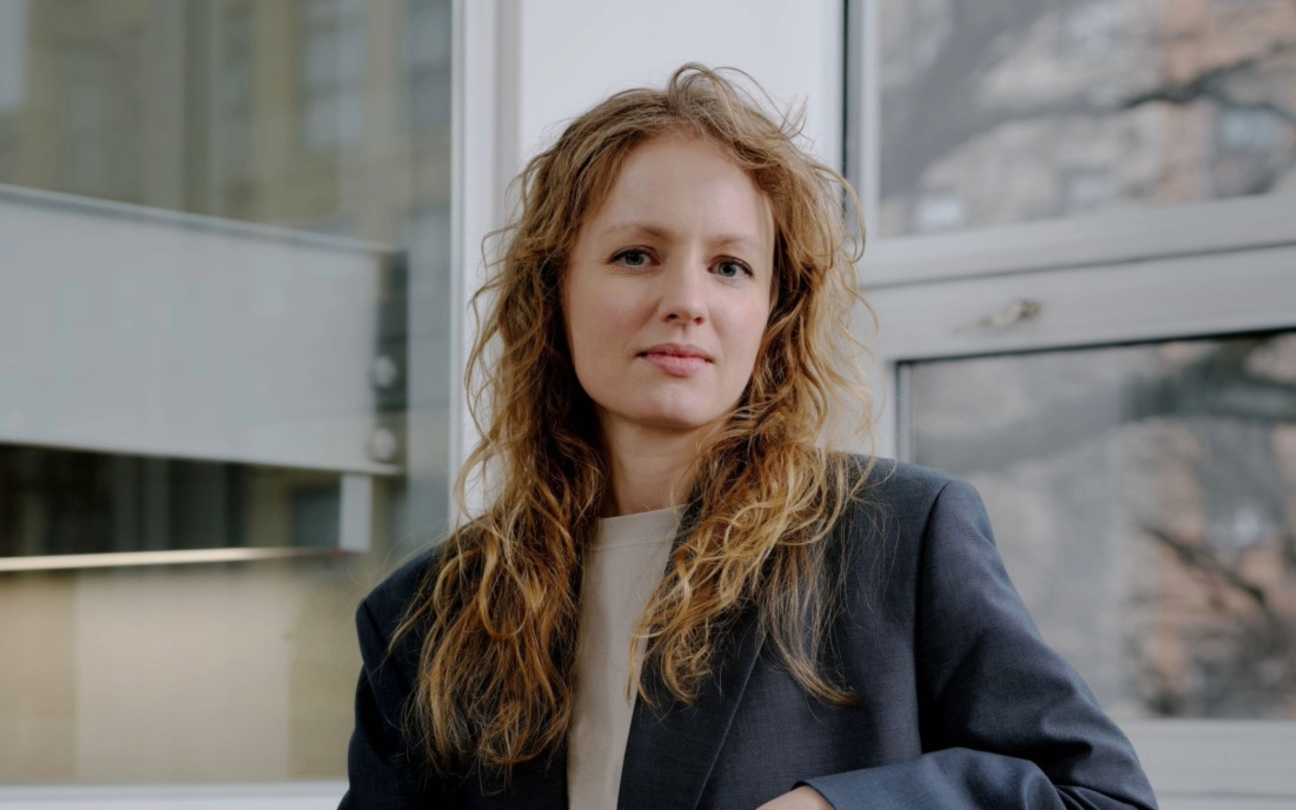
As Art Basel‘s 55th edition opens this week, it’s as good a time as any to reevaluate the routines and assumptions that surround such events—to look at them in new ways, if not to break them. To this end, Hessler has worked with artists, local business owners, and government workers to install pieces inside local establishments and along the artery leading from the river to the fair itself. A shop called Tropical Zone, for example, which imports products from Africa to Switzerland, hosts a three-channel video installation by Martha Atienza. The work, positioned against the backdrop of the store’s tropical wallpaper and vitrines of frozen fish, follows fishermen in the Philippines as they resort to dangerous methods because of overfishing in the area. “With artists like Atienza,” Hessler shares, “Second nature can have other meanings as well, including the sort of blurred boundary between nature and what nature is becoming because of human actions [and] climate change.”
Beyond illuminating the systems that shape and govern us, Hessler’s hope is that the Parcours programming might prompt locals to view their city differently, too—re-encountering the spaces that have melted into the background of their lives. Under the Mittlere Brücke, one of the oldest bridges across the Rhine, the curator has situated a work by the artist Sturtevant called Finite Infinite, 2010, a 20-meter long projection of a dog frantically pacing back-and-forth accompanied by a nine-second looped audio clip of a car race. “Sturtevant was one of the early thinkers exploring how the digital world—[and its] repeated images and algorithms—might change our understanding of self,” notes Hessler.
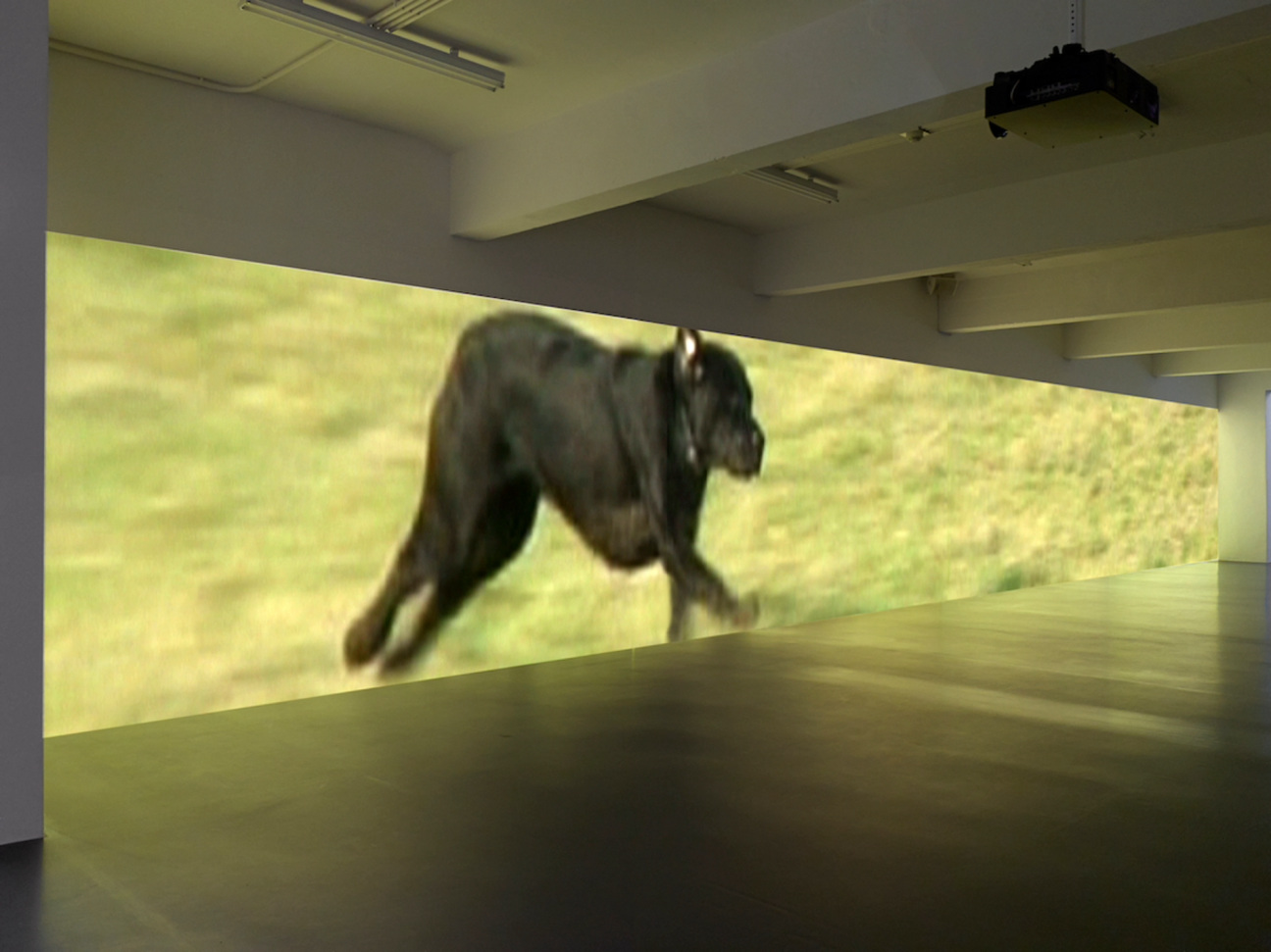
Situating the Parcours program just outside the commercial context of the fair allows the section a sense of remove from which to critique the entanglement of art and commerce. In a winking gesture, Hessler is also exhibiting a 1960s work by German artist Thomas Bayrle that recreates a fictitious—but functional—artist shop in a large chain department store near the river. An edition of artist-designed raincoats with repeating “metaforms,” or serialized markings that allude to the circulation of imagery and the commodification of art, will be available for sale.
But, Hessler adds, the patterns that play across the works in Parcours programming could also allude to growth—the idea of toiling away at something for years in order to transform. At its heart, the curator says, the exhibition is about “continuous evolution—how certain customs and laws from the past continue to shape our present.”

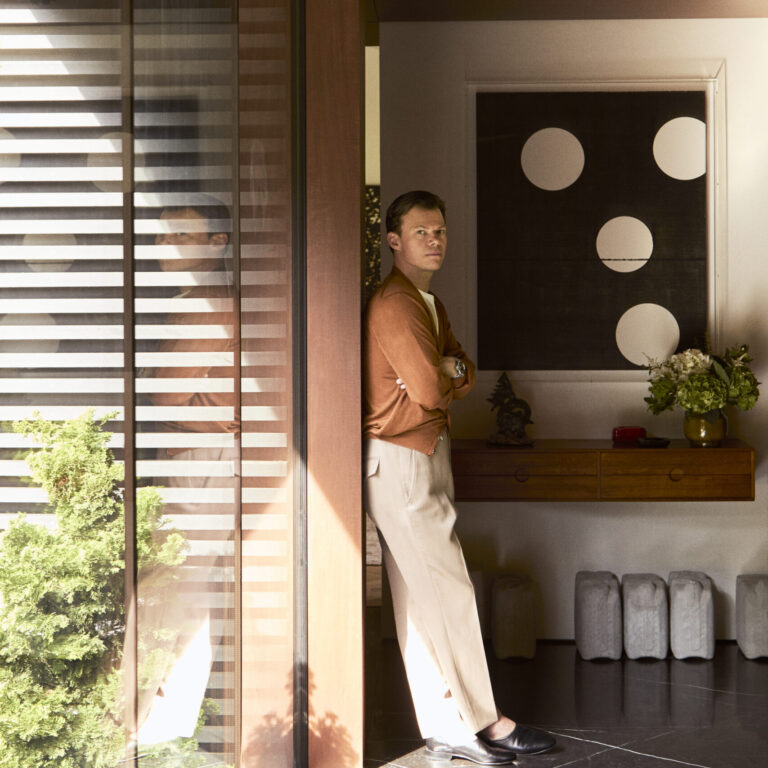

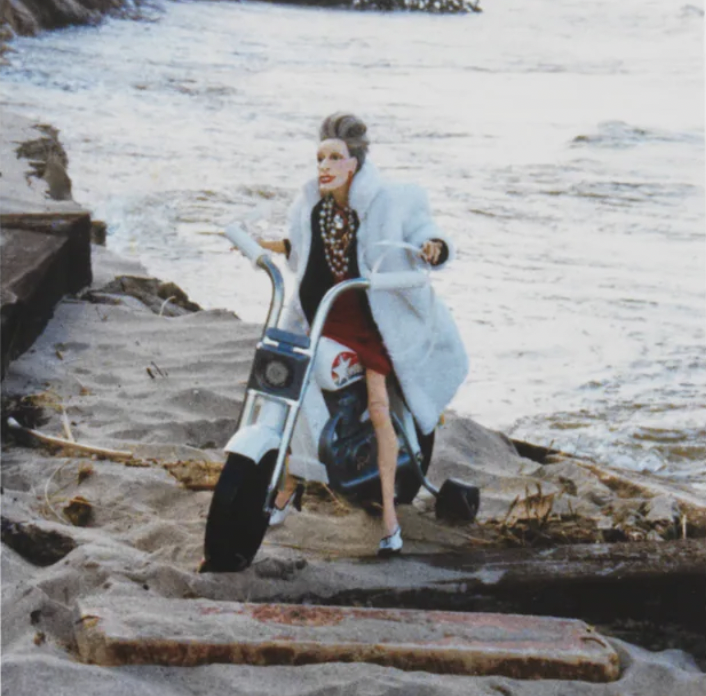
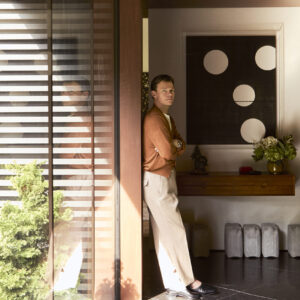
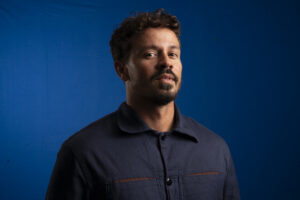
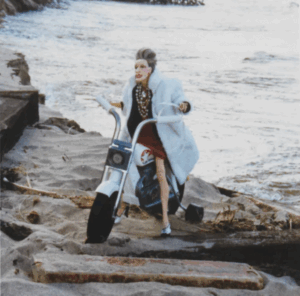

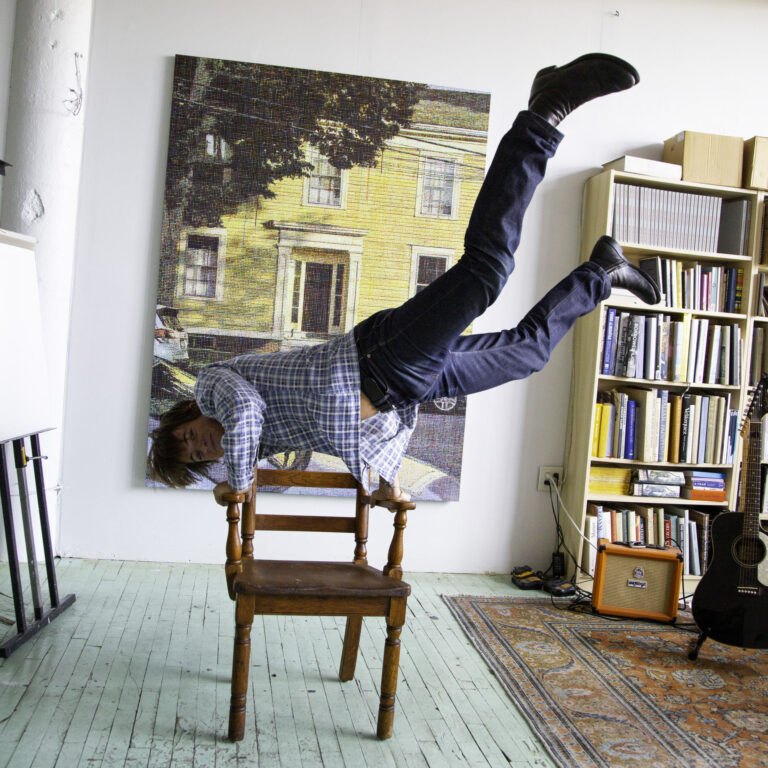

 in your life?
in your life?

